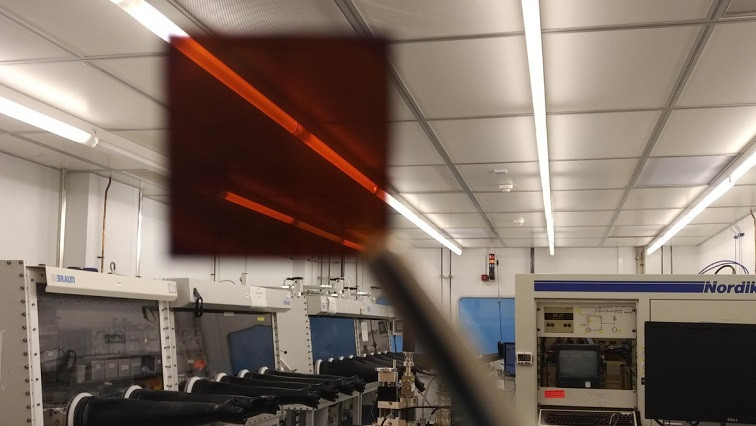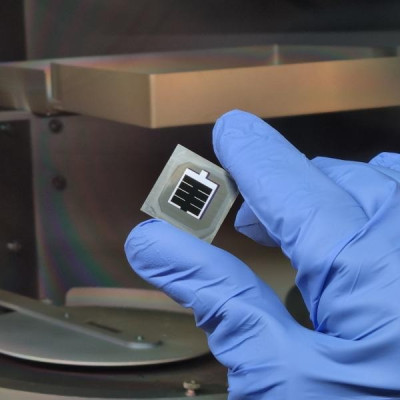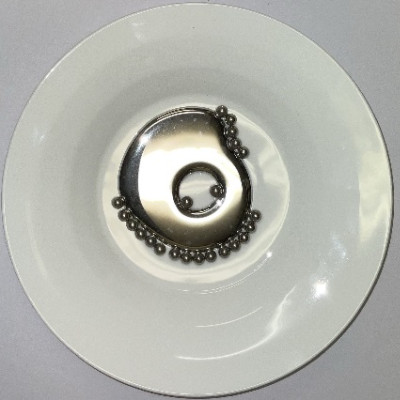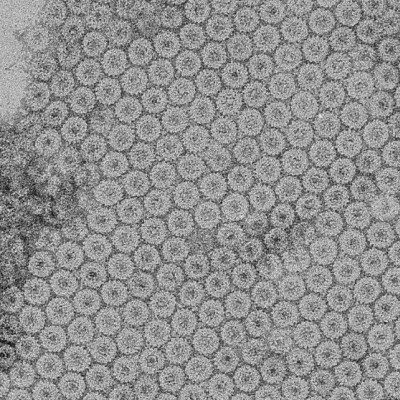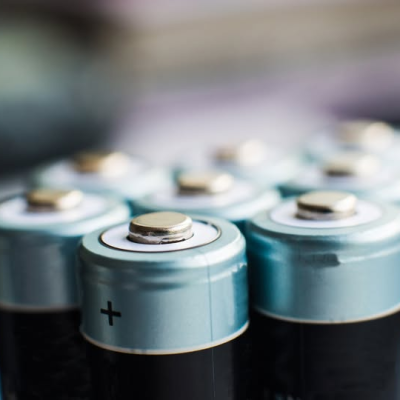Researchers at the University of Surrey in the United Kingdom have fabricated a flexible bifacial solar cell that relies on single-walled carbon nanotubes (SWCNTs) for both front and back electrodes.
Traditional metal grid contacts used as electrodes in solar cells are able to provide transparency, but they also require high doping of the cell surface layer to provide efficient photocurrent collection. Heavy doping and deposition are energy-intensive industrial processes, which is why they drive up production costs for similar solar cells. SWCNTs represent an alternative, as they are said to combine optoelectronic properties, flexibility, chemical stability, and simple transfer protocols to cover large surface areas.
“For optimal bifacial applications, both front and back electrodes should be optically transparent, chemically stable, and compatible with the adjacent layers,” the scientists stated. ” Their exceptional optical property renders the SWCNT films highly suitable as front electrodes for optoelectronic applications that encompass a broad spectrum of wavelengths.”
The academics used the floating catalyst chemical vapor deposition (FCCVD) method to prepare SWCNT films with an optical transmittance of around 95% at a wavelength of 550 nm, which they ensured exceeds that of common indium tin oxide (ITO) substrates.
The research group built the bifacial solar cell with a glass substrate, an SWCNT electrode, a hole transport layer (HTL) made of copper-doped nickel oxide (Cu:NiOx), a perovskite absorber, an electron transport layer (ETL) based on tin(IV) oxide (SnO2), a phenyl-C61-butyric acid methyl ester (PCBM) layer, and another SWCNT electrode.
Tested under standard illumination conditions, the flexible device achieved a front power conversion efficiency of 17.1% and a high power-per-weight value of 73.75 W/g. It also showed the potential to achieve a bifaciality factor of over 98% and a power generation density of over 36%.
“SWCNTs are flexible and mechanically robust, which enables them to withstand repeated bending cycles,” the researchers explained. “These features make SWCNTs suitable for flexible perovskite solar cells and enable new visions for the development of bifacial devices.”
The scientists claim the new all-carbon-electrode-based cell may be produced at 70% lower material costs than monofacial perovskite cells using ITO or silver (Ag) for the electrodes. “The cost advantage is further enhanced when accounting for equipment costs, as all-carbon-electrode-based devices eliminate the need for expensive radio frequency (RF) sputtering or thermal evaporation processes for ITO or metal electrodes,” they added.
The novel cell concept is presented in the study “High-performance bifacial perovskite solar cells enabled by single-walled carbon nanotubes,” published in Nature Communications.
Read the original article on pv magazine.

